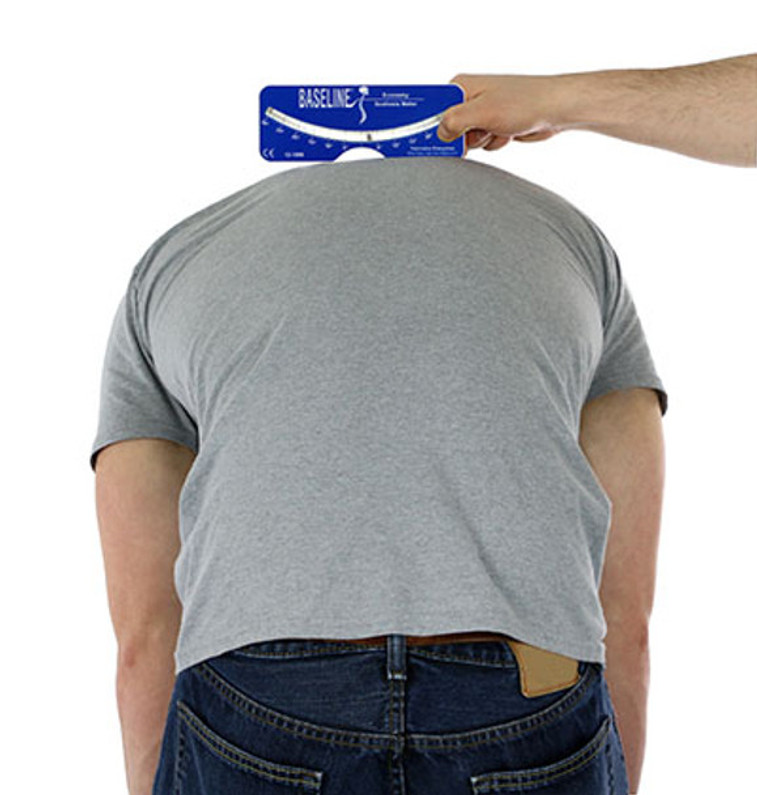The Baseline Scoliosis Meter for Diagnosing and Managing Spinal Health
 Scoliosis, a medical condition characterized by an abnormal lateral curvature of the spine that affects millions of people worldwide, often leading to discomfort, pain, and sometimes even severe health complications if left untreated. The detection and monitoring are crucial for effective management of scoliosis and that is where the Baseline Scoliosis Meter comes into play
Scoliosis, a medical condition characterized by an abnormal lateral curvature of the spine that affects millions of people worldwide, often leading to discomfort, pain, and sometimes even severe health complications if left untreated. The detection and monitoring are crucial for effective management of scoliosis and that is where the Baseline Scoliosis Meter comes into play
Understanding Scoliosis: Before delving into the Baseline Scoliosis Meter, it's essential to understand the impact of scoliosis on individuals. Scoliosis can develop in childhood or adolescence, often during the growth spurt just before puberty. While most cases are mild, some may worsen as the individual grows, leading to significant spinal deformities. If left untreated, severe scoliosis can cause chronic pain, difficulty breathing, and even cardiac or pulmonary issues due to the compression of vital organs.
Traditional Diagnosis Methods and Challenges: Historically, scoliosis diagnosis relied heavily on manual examinations and X-rays, which are effective but come with limitations. X-rays, for instance, expose patients to radiation, and repeated scans for monitoring purposes may pose risks, particularly for children and adolescents. Moreover, traditional methods can be time-consuming and costly, hindering widespread screening efforts, especially in resource-limited settings.
Enter the Baseline Scoliosis Meter: The Baseline Scoliosis Meter historically represented a paradigm shift in scoliosis diagnosis and monitoring. Developed as a portable, easy-to-use device, it allows for quick and non-invasive spinal assessments, reducing the need for frequent X-rays. The device provides healthcare professionals with valuable data to monitor the progression of scoliosis over time.
Benefits of the Baseline Scoliosis Meter: The Baseline Scoliosis Meter offers numerous benefits for patients, healthcare providers, and healthcare systems:
- Accessibility: Its portability and affordability make spinal health assessments more accessible, particularly in underserved communities and developing regions.
- Safety: By reducing reliance on X-rays, the device minimizes patients' exposure to radiation, especially crucial for children and adolescents undergoing long-term monitoring.
- Efficiency: Quick and non-invasive assessments streamline the diagnostic process, enabling earlier intervention and improved patient outcomes.
The Baseline Scoliosis Meter is a great tool to have in diagnosing and monitoring scoliosis because of its accessibility, safety, and efficiency of use.
Recent Posts
-
Acupuncture vs. Dry Needling: What’s the Difference?
At first glance, acupuncture and dry needling might seem identical. Both involve inserting thin need …Jun 11th 2025 -
What Is Dry Needling? A Modern Approach to Pain Relief and Muscle Recovery
Chronic muscle pain, tension, and restricted movement can significantly impact your daily life, sign …Jun 11th 2025 -
The Kinetic Chain and Its Importance?
The kinetic chain is a key principle in physical therapy, referring to the way muscles, joints, and …Apr 18th 2025



